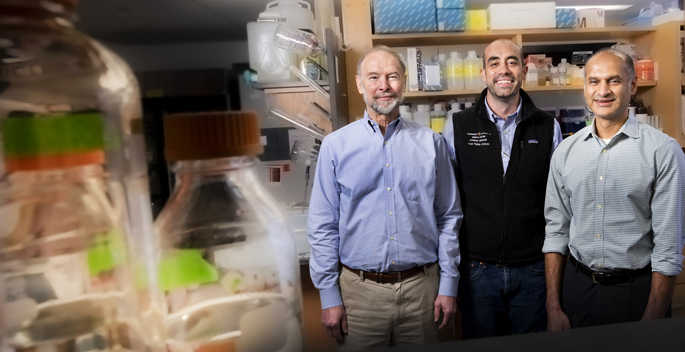There may be a biological basis for separate doll and dump truck aisles in the toy store.
In a study in baby mice, researchers at Vanderbilt University and the University of Southern California (USC) found that males and females respond differently to the hormone arginine-vasopressin (AVP), which plays an important role in social behavior.
The study, published online last month in the journal Hormones and Behavior, found that baby girl mice tend to move toward familiar odors, such as citronella, if they had previously smelled that odor near their mothers.
Baby boy mice didn’t seem to be influenced by the odors at all.
Baby girl mice missing a gene that codes for the vasopressin 1a receptor (V1aR), which binds AVP, were especially drawn to the familiar odors. Loss of the gene did not change the males’ behavior.
Conversely, baby girl mice that had the gene seemed to lose interest in the odors — just like the males — if they were given an extra dose of AVP.

This implies that a rise in AVP levels early in life, which can result from genetic differences or stress or exposure to hormones in the diet, “might lower the probability of orienting toward things associated with mom or home,” said Elizabeth Hammock, Ph.D., first author of the study and instructor in Pediatrics at Vanderbilt.
These findings suggest that AVP, which is more abundant in male brains, may reinforce the tendency of male mice to leave the home territory to establish a new territory elsewhere, a phenomenon known as “natal dispersal.”
The hormone may also play a developmental role in social learning trajectories. AVP and its receptor, V1aR, previously have been linked to neurodevelopmental disorders such as schizophrenia and autism.
“Throughout early life, repeated exposure to individuals, experiences and things are required to build a brain with knowledge about the world,” Hammock said. “If AVP reduces the probability of orienting to things associated with the center of their social world, then that reduces the exposure required to enhance social expertise.”
This might help explain why, on average, women have more social expertise than men and are better able to “read” emotions in others, she said.
The results of the study in baby mice also suggest that during early development, male and female brains may be “wired” to experience the world differently.
This could help explain why — in humans and some species of monkeys — girls gravitate toward dolls that replicate the family and home environment, while boys can be captivated by dump trucks, for example.
Hammock’s co-authors were former Vanderbilt research assistant Caitlin Law and Pat Levitt, Ph.D., of the Zilkha Neurogenetic Institute at USC’s Keck School of Medicine.
The research was supported by National Institutes of Health grants R01 MH080779, T32 MH075883 and P30 HD015052.















